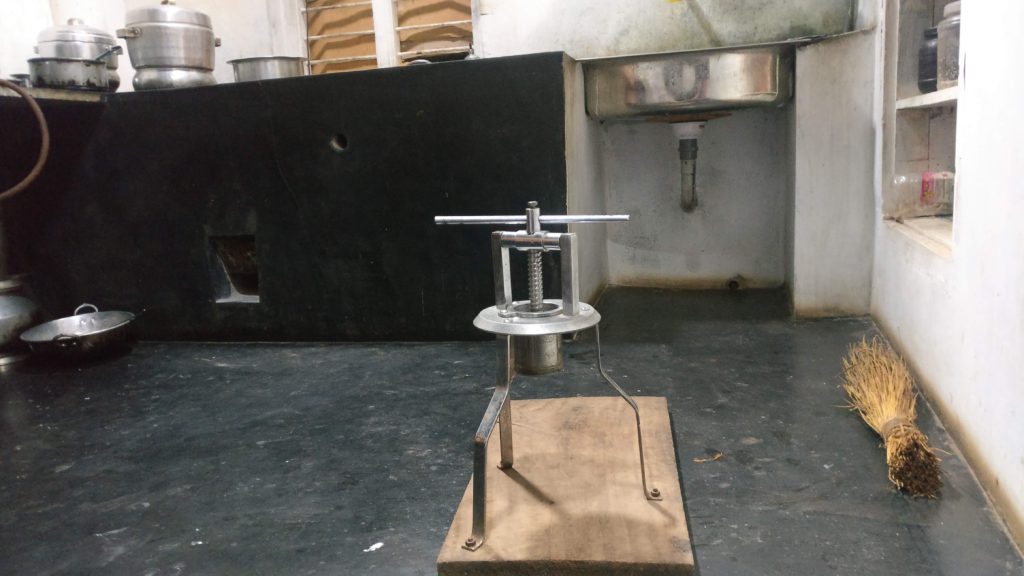Every region in the world has its own version of the long wormy threads of rice or wheat dough (or millet, the current showstopper). The Indian vermicelli is called “Shavige” in Karnataka, “Sevai” in Tamil Nadu as well as in most parts of the country. You must be living under a rock if you haven’t tasted the kheer made during Id or Shavige upit made in South Karnataka. Somethings are too perfect to be true and Shavige is one of them. The versatile Shavige can be made into a dessert or spicy chilly lemony savory or as a replacement for rice as the main course. Shavige is the polymath of food I say. But but but.. Howzit made yaa?
I remember my amma (my grandmother) doing a rigorous method of preparation. She would soak the rice overnight, dry it in the hot sun the next day and powder the rice in the stone grinder (Whaaat?!). She would then mix it with water and press it in the Vatthu mane (Phew!). The joy of seeing long threads at the other end surrounded with veil of hot steam brought joy to us. We would excitedly take turns to press the rice dough. I remember pulling the threads out and putting it straight in my mouth. In Mangalore, they eat freshly made Shavige with coconut milk or fish curry. In south Karnataka, they mix it with chilli, onion and lemon thadka.
I had been to Malnad a few days ago and I saw this being made at home. I was flooded with nostalgia and childhood memories of preparing it. I was excited just like I was when I was a child. I couldn’t help but click pictures and videos lest we forget the method due to the advent of machines and factories. The method of preparation of dough was slightly different here though. Of course, each house has its own inventions and taste and this was no less!


